|
|
||||||||||||||||||||||||
 |
||||||||||||||||||||||||
|
|
||||||||||||||||||||||||
|
||||||||||||||||||||||||
|
|
||||||||||||||||||||||||
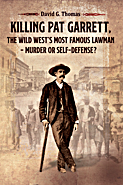 |
||||||||||||||||||||||||
 |
||||||||||||||||||||||||
 |
||||||||||||||||||||||||
|
|
||||||||||||||||||||||||
|
|
WWII Dive Bomber Found in Placentia Bay, |
||
|
By Gerald W. Thomas, VT-4 |
||
|
On August 9, 2004, we received the following in an email from Edward Lake of St. Johns, Newfoundland: "I am trying to confirm or refute some information pertaining to the crash of a Douglas Dauntless (SB-4), which crashed into Placentia Bay shortly after taking off from the USS Ranger. The information I got at US Naval Station several years ago indicated that the two men who were aboard were `lost.` Looking at all websites pertaining to the Ranger, there is no mention of that particular crash" Mr. Lake also writes that: "In 1974, the Douglas Dauntless (SB-4) was brought to the surface by a local fishing trawler, the Atlantic Lindsey, after the trawl got tangled in the wreckage about 20 miles southeast of Marystown on the Burin Peninsula. It was brought to the US Naval Station, Argentia where it was examined and photographed, before being disposed of at the landfill. Positive identification was made by the label NAVY 10744, which was emblazoned on both sides of the stabilizer. The only information I am missing about the crash is whether or not the two men (supposedly a pilot and gunner) were killed or not." Edward Lake has been active in researching the fascinating history of Argentia, from the time Argentia was officially founded as part of the French capital of Plaisance in 1662 up to the end of the twentieth century. Lake points out that Argentia was an American territory for over 53 years, including the WWII period. Argentia played an important role in Naval Operations during the Second World War and served as a base for the Ranger and support vessels. Our records show several aircraft crashes during Ranger operations in the vicinity of Argentia, Newfoundland from 1942-1944. Mr. Lake sent these US Navy photos taken of the wreckage of the SBD. The photos show the Bureau Number of the plane on the tail as 10744. |
||
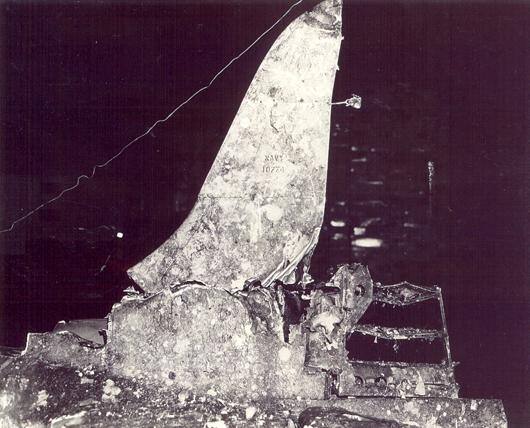 |
||
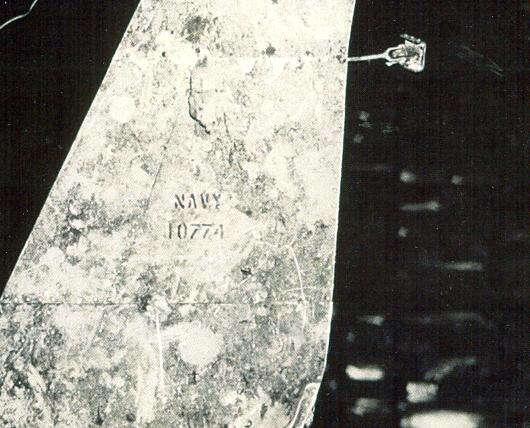 |
||
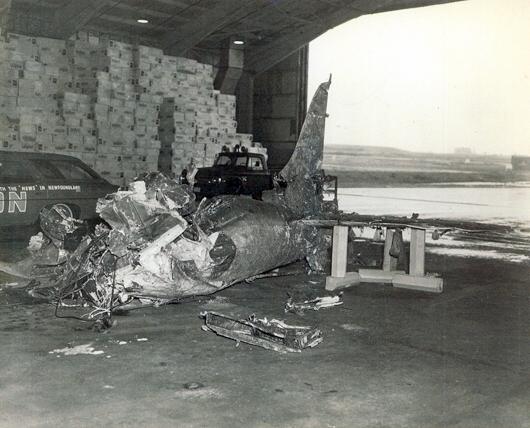 |
||
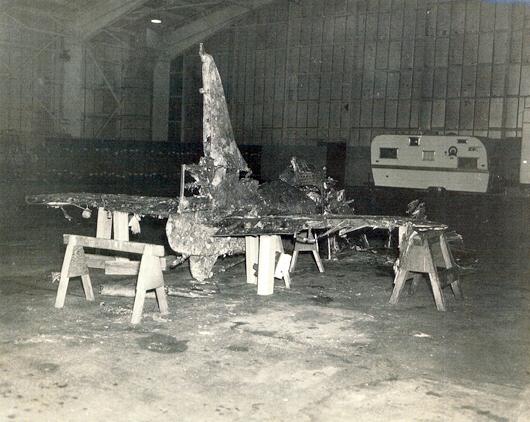 |
||
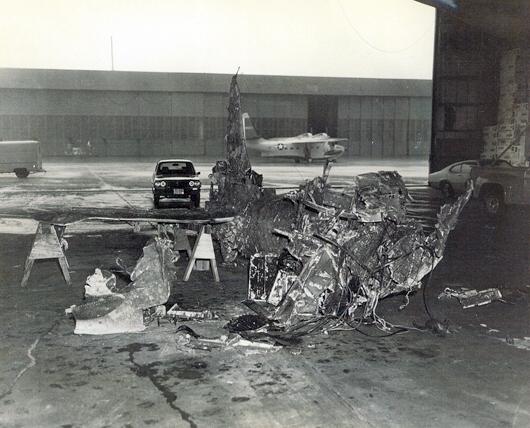 |
||
|
Confirmation of the Crash of SBD No 10774 |
||
|
Douglas Dive Bomber BuNo 10744 was piloted by Lt Cdr George O. "Otto" Klinsmann, Skipper of VB-42 (later VB-4), the "Top Hatters." His crewman was Aviation Chief Radioman Elmer M. Rogers. The SBD went into the drink during night carrier operations on July 24, 1943. Three references are cited below: "July 24, 1943--Left Newfoundland at 1215. F4F crashed barrier. One F4F busted wheels. SBD crashed overboard. Men OK." -- From the Journal of Signalman Ernest L. Crochet aboard the USS Ranger. "Only a short time before the night training evolutions were to begin, Lt. Cdr George O. "Otto" Klinsmann, who had been commanding officer of VB-42 since 28 October 1942 had lectured his pilots on `safe techniques` for such operations. The Ranger turned into the wind, 11 minutes into the mid-watch, and 5 minutes later, Otto Klinsmann, in the cockpit of 42-B-1 (BuNo 10774) released his brakes and pushed the throttle forward.... Klinsmann`s plane crashed off the Ranger`s starboard bow. Fortunately, the Forrest picked up Klinsmann and Aviation Chief Radioman Elmer M Rogers, his radio-gunner, within eight minutes of their impromptu dip, and soon the carrier turned into the wind and resumed launching VB-42`s 12 SBDs." -- From USS RANGER: The Navy´s First Flattop from Keel to Mast by Robert J. Cressman. "One night Otto Klinsmann, Skipper of Bombing 4, lectured to all the pilots in the Ready Room on safe techniques for night operations. He summed up by saying, `Keep cool. Don`t lose your orientation.` Because I was not scheduled on the night Otto gave the lecture, I went up to the bridge to watch the operations. Otto was in the take-off spot with his SBD. He revved up full throttle, received the take-off signal, and started down the flight deck. It was an unusually dark night with no visible horizon. About the time Otto popped his flaps the plane started bouncing off toward the starboard before it became airborne. It disappeared over the flight deck and plunged into the drink. A deckhand ran over to the catwalk and threw in a flare to mark the point for the trailing destroyer. We brought Lt.Cdr Klinsmann and his crewman back aboard the next morning. When we asked what happened he simply stated, `I lost my orientation`" -- Torpedo Squadron Four: A Cockpit View of World War II by Gerald W. Thomas. Otto Klinsmann was a good pilot, a good skipper for VB-4, and eventually our Air Group Commander in the Pacific. Unfortunately, he was lost after an attack on a Japanese Destroyer in the Pescadores Islands. His F6F Hellcat was hit by enemy AA fire; he landed the disabled plane in the water but drowned before he could be rescued by a friendly destroyer. (See Air Group Commander Lost: Pescadores in Torpedo Squadron Four.) |
||
|
|
Air Group 4 - "Casablanca to Tokyo" |
|||
|
|
|||
